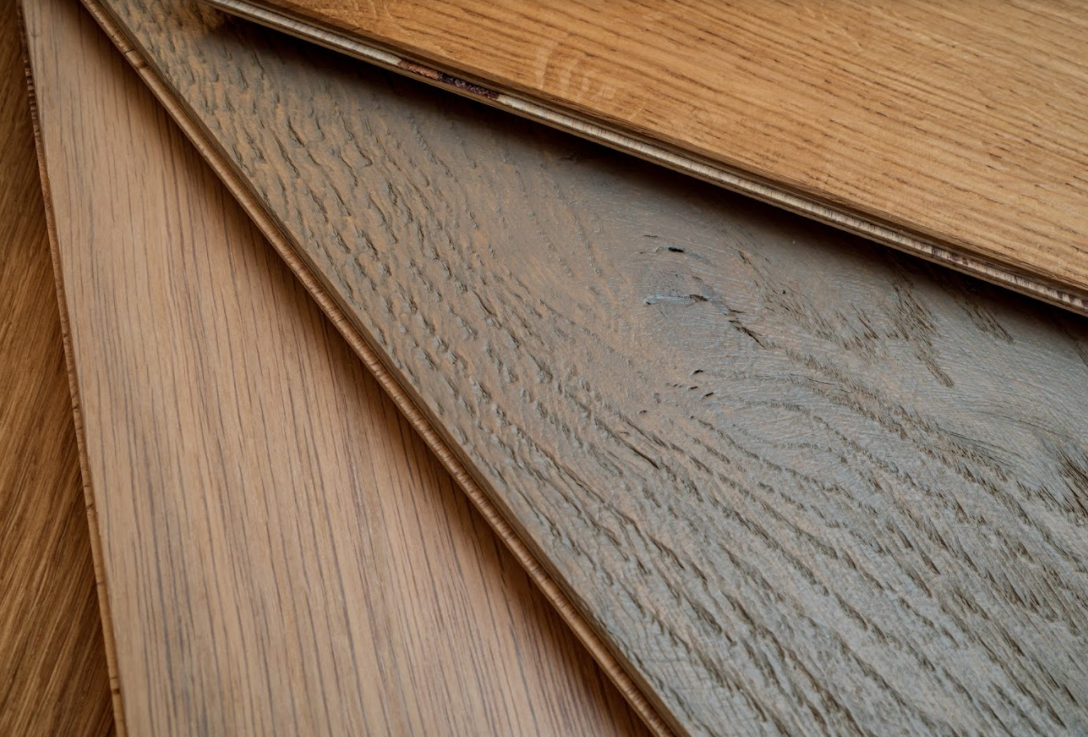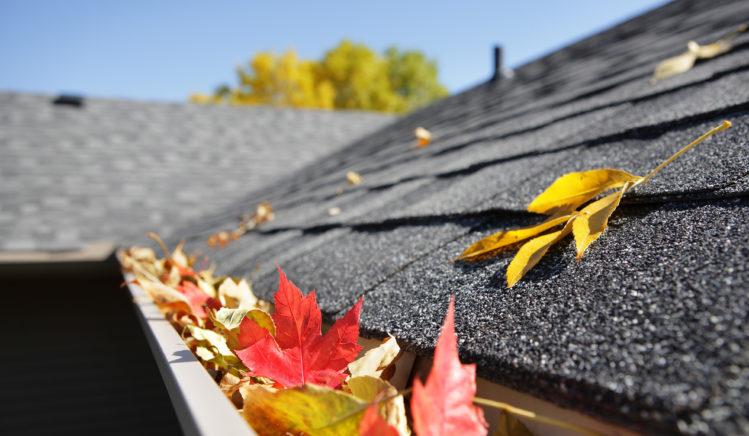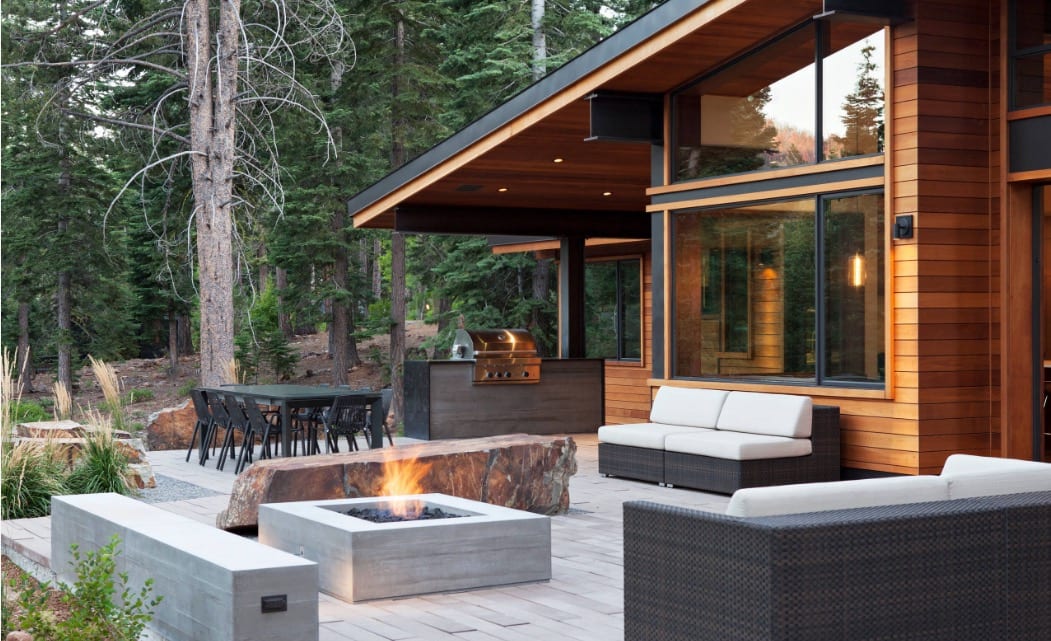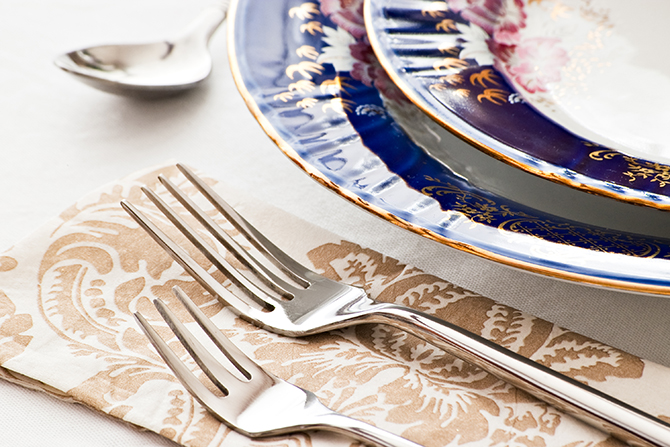Preparing your walls is an important step you shouldn’t skip before you grab the paintbrush and give the exterior of your house a new coat of colour. Proper wall preparation can determine the difference between a gorgeous, long-lasting finish and a rapidly fading, peeling mess.
Every stage, from sanding and cleaning to priming and mending, ensures that your freshly painted surface adheres correctly and endures over time. Let’s understand why this prep work is essential for flawless exterior home painting.
1. Eliminate all impurities
Despite their hazardous properties, people keep choosing paints that contain lead for their homes. However, if you have done so, don’t wash or attempt to remove any suspected lead by scraping or sanding. Instead, hire a qualified contractor to do the job.
Before you start your exterior home painting, thoroughly clean the house’s external surfaces to aid in the fresh paint’s adhesion. If the entire house is painted, power washing will expedite this step of the process. Pressure cleaning is another alternative for discoloured walls.
It is easy to think that a home’s exterior is clean enough after spray painting it, but if you do this, you’ll probably regret it later because the paint may fail to stick to the older surface. At the end of the day, a flawless paint job is an investment you make to improve the curb appeal and value of the house.
3. Repair as necessary and scrape off any peeling paint
Inspect the house thoroughly for any signs of damage or peeling paint. Removing loose paint, caulking surfaces, and filling gaps could be necessary. When removing paint that doesn’t adhere well, thoroughly scrape it by hand.
Alternatively, scrape it off with a power sander or a firm metal wire brush. Remove each of these parts by hand. If you don’t, they could scuff your exterior home painting job and eventually discolour the wall.
4. Sand the exterior
The outer walls must be sanded for the paint coats to attach effortlessly. Insufficient surface roughening might result in a paint job that appears okay when left, but the paint exhibits various flaws within a few years.
Whether you’re considering a purple two colour combination for bedroom walls or not, you might be tempted to start your exterior home painting, especially if you’re using oil-based paint. This is because it wets the previous coat so beautifully that it sticks well at first and looks fantastic. However, if you want a finish that guarantees satisfaction, brings back clients, and ensures the paint job lasts a long time, high-quality paint is essential.
Consider doing a second pass of fine-grit paper sanding on areas where you plan to apply glossy or semigloss paint. Any paint job must include sanding, so completely sand the old paint to create a rough surface prepared for the new paint.
5. Get the Walls Primed
Priming makes freshly painted surfaces more durable. Any spots where the previous paint has peeled off must be primed. Additionally, the entire home should be primed for a well-coordinated, visually appealing finish.
Priming is essential when painting over an oil-based surface that has previously been painted with latex paint. Apply an exterior latex primer or an oil-based primer for external repainted surfaces, depending on the paint type.
Conclusion
You can start exterior home painting as soon as you’ve completed priming. When you are sure the weather will be favourable, prepare your tools and begin painting. Remember that every hour you invest in preparation now pays off as a superior paint job that will delight your clients and endure for many years.






